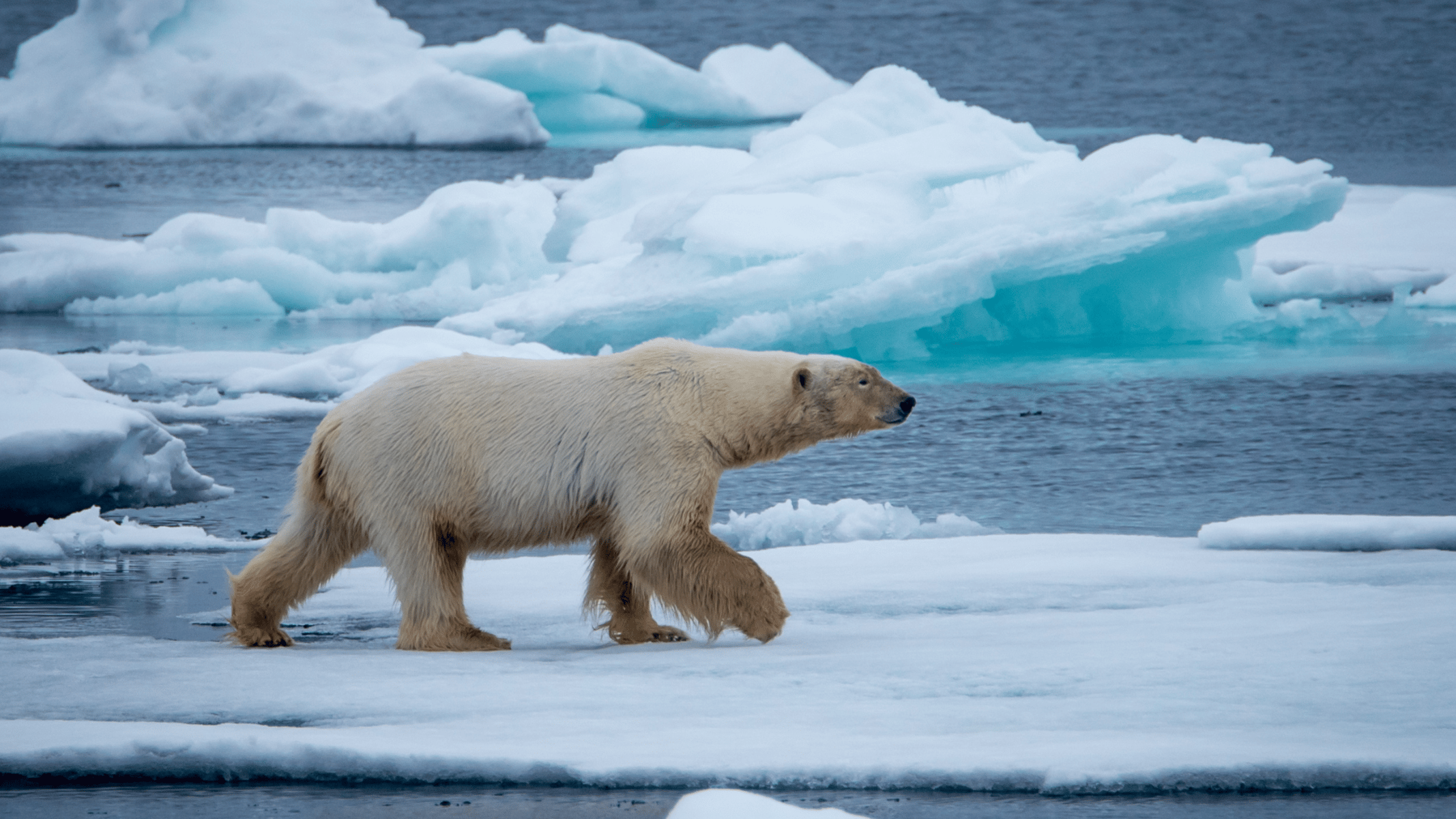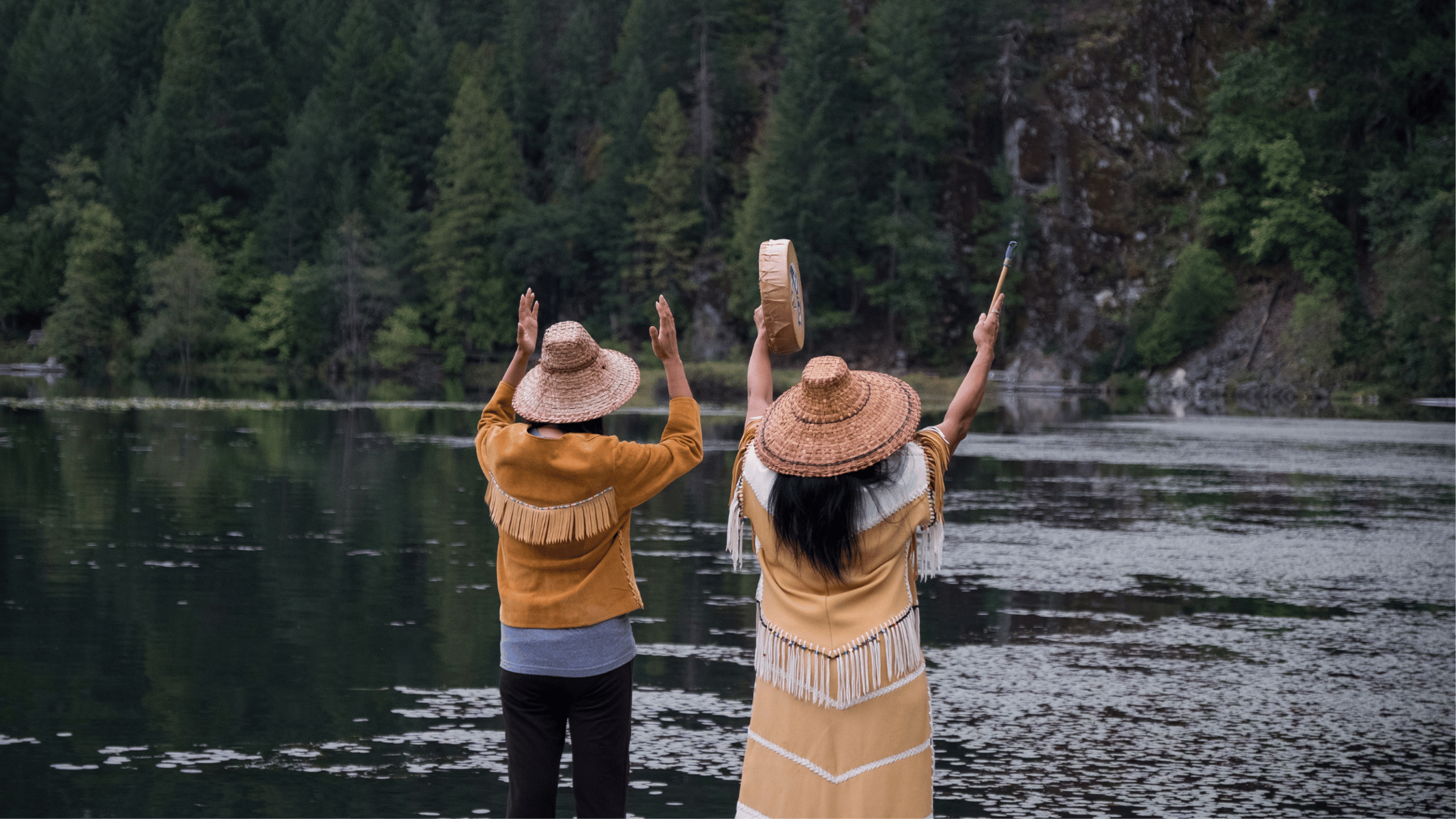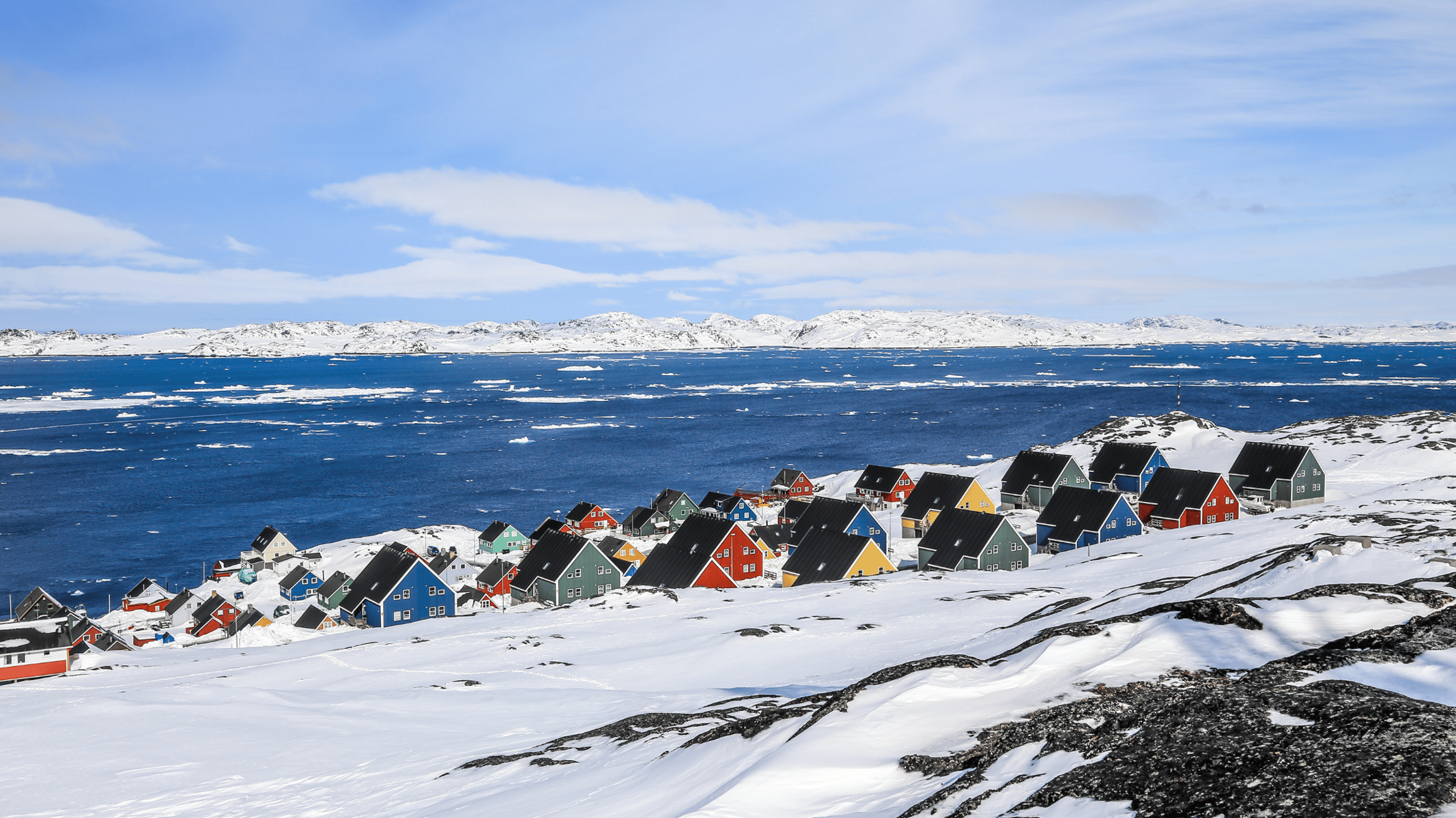The Inuit people, indigenous to the Arctic regions of Canada, Alaska, and Greenland, have a vibrant and resilient culture that has flourished in a harsh yet pristine environment for thousands of years. With a deep connection to the land, sea, and ice, the Inuit have developed unique traditions and culture, marked by the resilience and resourcefulness the land requires. The Inuit way of life, including their traditional practices and sustainable utilization of resources, is especially significant as we confront a changing world and the effects of climate change.
Inuit Identity and Language
The Inuit, meaning "the people" in Inuktitut, have a strong collective identity rooted in their shared cultural experiences. Inuktitut is a rich and complex language family with numerous dialects. The language has been noted, perhaps exaggeratedly, for its extensive vocabulary related to snow, ice, and Arctic phenomena, thought to reflect the significance of the environment in shaping their daily lives.
Connection with the Arctic Environment
The Arctic is central to Inuit culture and way of life. Their traditional knowledge encompasses a deep understanding of the land, ice, and wildlife, enabling them to navigate and adapt to the ever-changing Arctic conditions. Inuit hunters possess remarkable expertise in tracking, hunting, and reading the behavior of animal species, ensuring the sustainable utilization of natural resources. Their traditional hunting and fishing methods emphasize respect for animal populations, ensuring their continued existence. Additionally, they have developed intricate knowledge of seasonal patterns, weather forecasting, and ice conditions, allowing them to navigate the Arctic safely and efficiently.

Source: canva
Inuit Hunting and Subsistence Lifestyle
Hunting and gathering have been integral to the Inuit way of life for generations. Traditional hunting practices, such as seal hunting, caribou hunting, and fishing, reflect a deep respect for the animals and a sustainable approach to resource utilization. Sharing harvested food within the community fosters cooperation and solidarity, emphasizing the communal nature of Inuit society.
Inuit Art and Expression
Inuit art is renowned worldwide for its distinct style and connection to the Arctic landscape. Sculpture, prints, and drawings are prominent artistic forms, often depicting wildlife, mythology, and scenes from daily life. Stone carving, ivory and bone work, and textile art are representative of the Inuit craftsmanship, showcasing intricate designs and attention to detail. These artistic expressions not only preserve cultural heritage, but also provide a means of economic sustenance for many Inuit communities.
Music, dance, and drumming are integral components of Inuit cultures, offering a means of communication, celebration, and spiritual expression. Traditional songs often recount ancestral stories, honor hunting successes, or express gratitude to the land and wildlife. Drumming, accompanied by rhythmic chants and dances, evokes a sense of unity, connecting individuals with their ancestors and the spirits of the Arctic.
The clothing of the Inuit people is not only functional but also showcases their cultural identity and ingenuity. Traditional garments, such as parkas, mittens, and boots, are crafted from animal hides, furs, and sinew, providing protection against the harsh Arctic conditions. Adornments like intricate beadwork, embroidery, and decorative elements reflect personal and cultural symbolism, showcasing the pride and creativity of the wearer.
Oral Traditions and Storytelling
Oral traditions play a vital role in preserving and transmitting knowledge and cultural history. Elders, as custodians of wisdom, share stories, legends, and teachings that encompass moral values, survival skills, and spiritual beliefs. Through storytelling, Inuit narratives pass down ancestral wisdom and connect generations, reinforcing cultural identity and resilience.
Spiritual Beliefs
Traditional Inuit spirituality is rooted in animism, believing in the presence of spirits in nature. Shamanism, practiced by some Inuit groups, involves spiritual healers who communicate with spirits to restore balance and harmony. Rituals, ceremonies, and taboos are observed to seek guidance, protection, and successful hunting. The spiritual connection with the environment reflects the profound respect and reciprocity between the Inuit and the natural world.

Source: canva
Cultural Adaptation and Preservation
Inuit culture has continually had to adapt to changing circumstances while struggling to preserve its core values and traditions. Colonial influences, social changes, and modernization have presented both challenges and opportunities for Inuit communities. Today, efforts are underway to revitalize cultural practices, promote language education, and foster community-led initiatives to preserve Inuit heritage and strengthen self-determination.
Contemporary Challenges
In recent decades, the Arctic region has faced significant environmental and socio-economic changes, posing challenges to the Indigenous communities. Climate change has led to the melting of sea ice, altering migration patterns of wildlife and affecting traditional hunting practices. Rapid industrialization and resource extraction have also impacted the delicate Arctic ecosystems, disrupting traditional livelihoods and cultural practices.
Arctic Indigenous communities have been at the forefront of advocating for their rights, self-determination, and the protection of their lands. They have formed organizations and collaborated with governments and international bodies to ensure the recognition and preservation of their cultural heritage. Indigenous knowledge and participation in environmental research and decision-making have gained importance in efforts to address climate change and ensure sustainable development in the Arctic.
Recognizing the value of Indigenous knowledge, various stakeholders, including scientists, policymakers, and NGOs, are increasingly engaging in collaborative partnerships with Arctic Indigenous communities. By combining traditional wisdom with modern scientific approaches, these partnerships strive to enhance understanding of the Arctic environment, support sustainable practices, and empower Indigenous communities to navigate the challenges they face.

Source: canva
Exploring the Arctic Responsibly
When you travel to the Arctic responsibly, you are not only ensuring that you don’t disrupt people like the Inuit who live there and the health of their communities, but you also help their important work of protecting the land. Sustainable travel is one of the core values at Polartours, and is integrated in every decision we make and trip we book so we can do our part in preserving this magnificent region. If you’d like to learn more about how to travel responsibly in the Arctic or have questions about sustainable practices on your trip, get in touch.
Visit our website to learn more about our various trips in the Artic.





